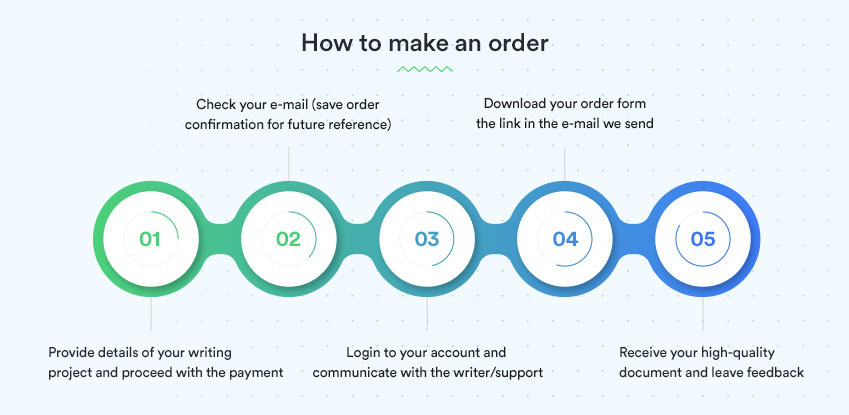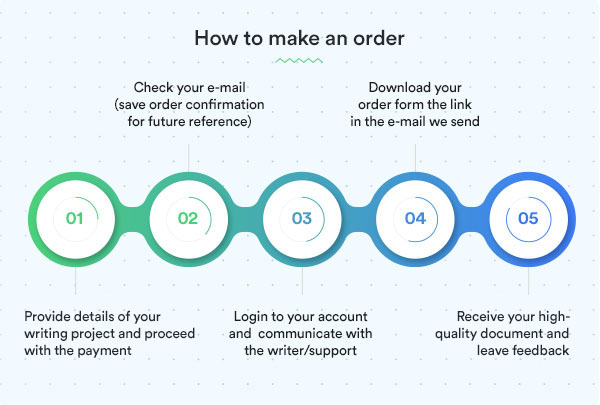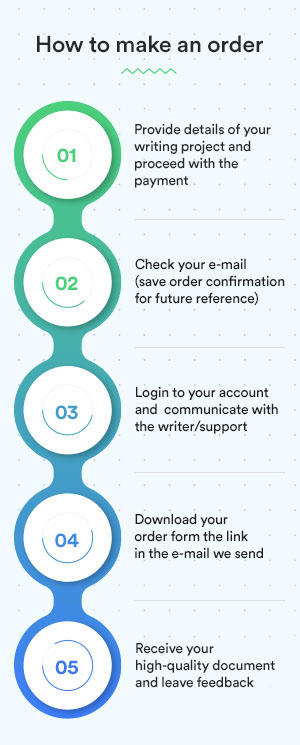How to Write a Memo (Memorandum)?
Memo Format
A memo is a short document, a message that is often used in organizations to exchange information and communicate messages to executives, personnel, and board members. It is a form of a letter, which must be presented in a formal, properly organized style to successfully fulfill its purpose.
How to Format a Memo?
Each memo begins with a heading. It must be formatted in the following manner:
TO: [Whom, name]
Cc: [Is there anyone else who will receive a copy of the memo?]
FROM: [Whom, name]
DATE: [Use numbers, spell words properly]
SUBJECT: [What is the subject of your message?]
If you want to know how to write a business memo, you can do it with our professional memo-writing help! Follow our perfect written guide! The secret is in keeping it brief and concise. You must be clear in your message so that everyone gets it right. For example, if you write the subject as “Cooking Dinners”, your readers may think that you are discussing the catering and food issues in your organization; in reality, you want to discuss the issue that some of the organization’s customers have had with a restaurant that serves the food on the ground floor of your office facility. In this situation, the subject line of your memo should contain the following information: “Rice’s restaurant cheating on our customers before they reach the office.”



Guide to Memo Writing with Tips and Examples: Opening
Begin with a few sentences that will create a context for further discussion. Specify your message’s purpose, audience, and expected outcomes.
Context
Set the context. Here, your task is to describe the problem that has forced you to write a memo. Also, describe and specify the issue you want to address with the memo. There is no word limit for this part of the document, but just try to keep it concise and informative. For example,
Rice’s restaurant, located on the ground floor of our facility, does not serve our customers in the best possible way…
Avoid any ambiguity. State it right away. Everyone should be clear as to what you plan to discuss.
Task
The task you are to fulfill with your memo is to let people know what they should do or what the organization is doing to improve the situation. For example,
Several customers have asked me to address the problem…
When you want to ask employees about their perspectives or possible solutions, you can say
Let us discuss the steps that we can take to keep things from happening in the future…
How to write a business memo?
Include a purpose statement. You must tell the people why you are sending this message clearly and directly. Do not keep any information hidden from their eye. Begin as follows:
This memo describes the problem with Rice’s Restaurant as I see it, proposes solutions, and gives you some freedom to offer alternatives to my plan.
A concise purpose statement is important because it sets clear expectations. The memo may be longer than expected, which will give employees some time to understand what it is all about.
If the memo aims to create a sense of urgency and reveal the problem, you should go straight down to brass tacks. That is, do not share unnecessary details. You must be direct and open to discussing the problem and its symptoms. You must state the problem before describing the details of any possible solution.
Summary
You cannot write a summary before you have finished the body of your memo. You may not need a summary if your memo is less than a page long. If you include too many details, or the memo is full of new information, then make sure you have a summary to summarize the main argument and restate the proposed solution.
If you are writing a memo to report the results of your investigation, you may want to use this opportunity to summarize the methods you used and the results you have achieved. It is just a summary; keep it brief and do not include any new information.
Discussion Paragraph(s)
Now that you have provided the context for your issue or subject, you must explore it in more detail. You may need to justify the significance of the problem by citing statistics and proposing hypotheses to explain its nature and impact.
Go from the most to the least important information. Begin with statistics – statistical data will make your argument more compelling. Leave out any claims that cannot be supported or easily questioned. Stand firmly on your position, but give others a chance to contribute.
At least one of the discussion paragraphs must be devoted to recommendations. That is, you will provide recommendations to solve the problem and offer recommendations provided by others.
You can format your memo as bullet points, putting important information at the top and moving slowly to the least important facts.



Closing
When your audience has enough information about the problem and possible solutions, it is time to close the argument. Be courteous and patient. Show respect for your readers. Give them some time to think of the information you have provided. It should be one paragraph, not more:
We are going to have a meeting, and we will have enough time to discuss the details…
How to Write an Effective Memo: Attachments
If you need to attach any documents to your memo or provide information not included in the body of the main document, please include the list of attachments after the closing paragraph and ensure they are attached in the order listed below.
For instance, if you mention information provided in emails, letters, or written communication, you may want to attach their copies to make the argument clear. However, make sure that you do not violate confidentiality rules. If there are a lot of statistics to support your argument, you may want to attach your calculations, tables, excerpts from financial or accounting documents, and so on. Just make sure that all attachments are relevant.



Memorandum Example: Sample Memo Format
TO: Jason Kelly, Board Member
FROM: Eleanor Madison, CFO
DATE: August 15, 2019
SUBJECT: Taxation issues and marketing campaigns
The latest advances in tax laws have changed the structure of our expenses. As a result, we are no longer in a position to spend millions of dollars on marketing campaigns. The burden of taxes on our company will continue to increase, while our sales are on the decline because of slow demand and personnel shortages. Our company needs more liquidity to go through difficult times. Therefore, we should change our marketing approach. The marketing department is slow to take any steps, and it is time for the Board to act and create a sense of urgency.
Advertising and Taxes
Our company should actively engage marketing professionals in analyzing marketing expenses, marketing instruments (means), and approaches to advertising. From the latest financial documents, we have the following:
- 80 percent of our marketing expenses are social media-related
- 25 percent of our customers have found us through social media platforms
- Social media marketing is no longer a deductible
- Therefore, we should think of ways to improve our effectiveness while retaining our presence online
Two weeks ago, the financial department forwarded its concerns to marketing professionals. Our marketing director, Mr. Zoo, was eager to react but never returned any propositions to solve the problem. Our company’s success will depend on how well different departments can collaborate to achieve a common purpose. It is time for us to act; otherwise, we will lag behind our weakest competitors.
We must refocus our marketing efforts while keeping our customers loyal.
Attachments: Letter to Mr. Zoo and other marketing professionals; memo for the CFO






